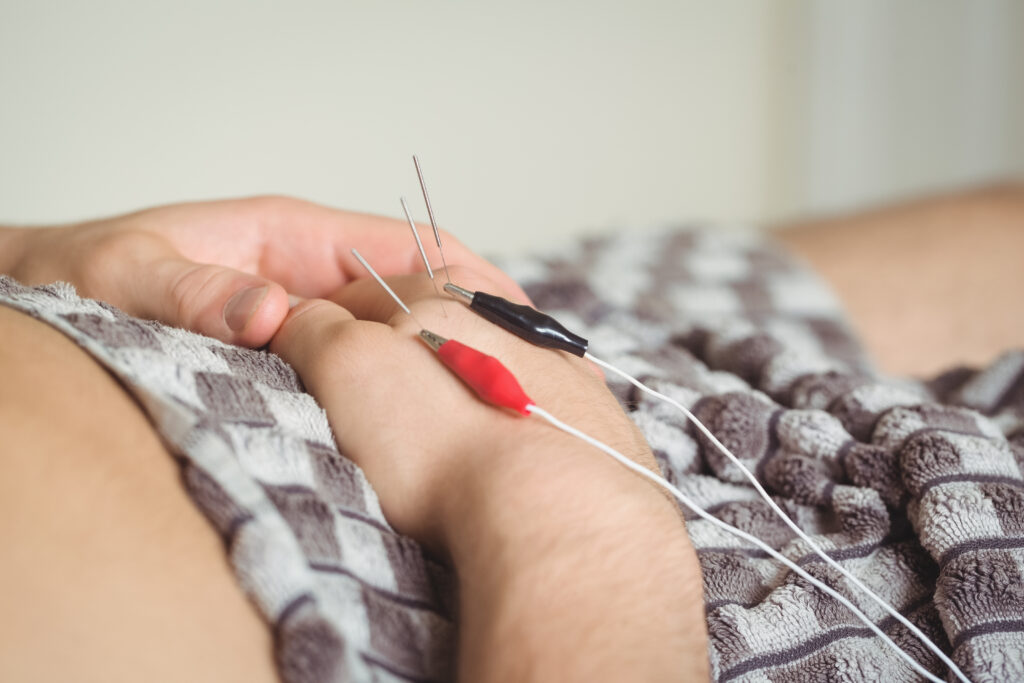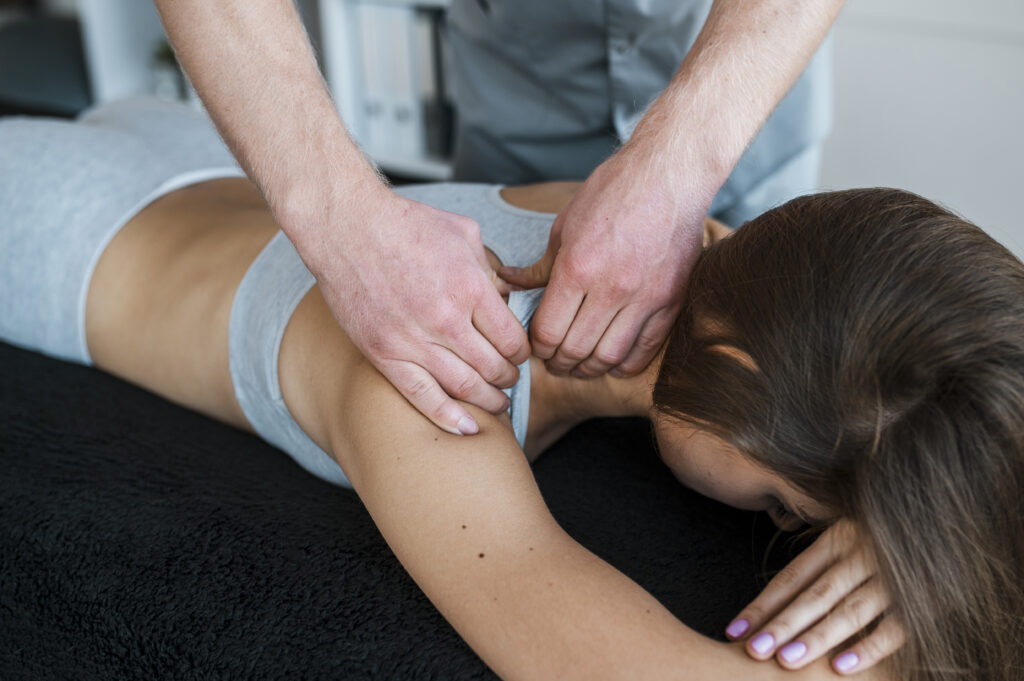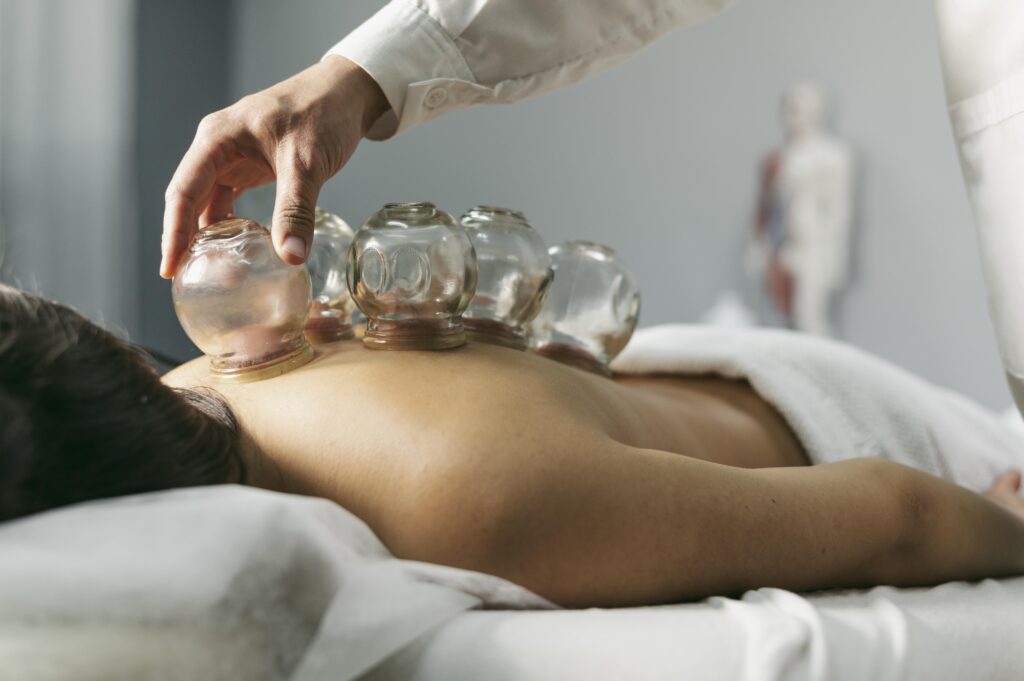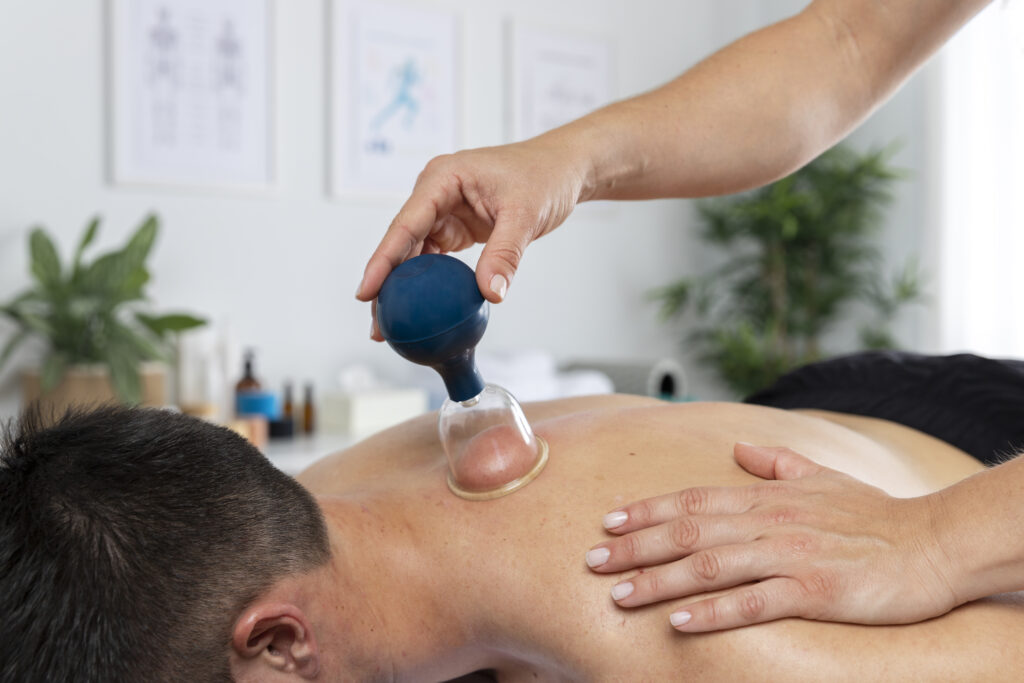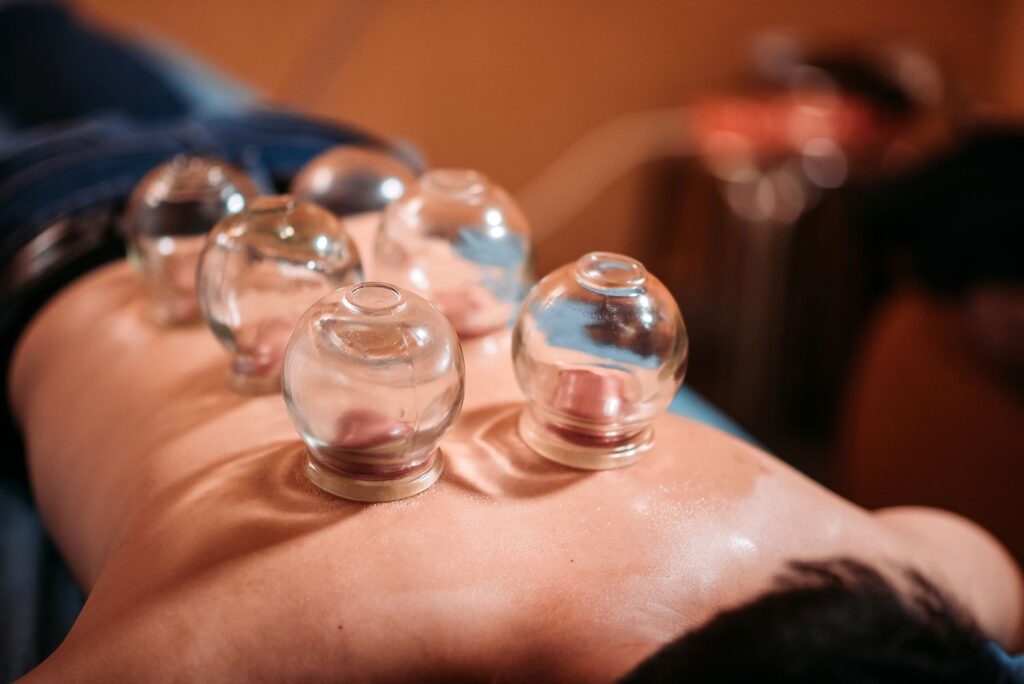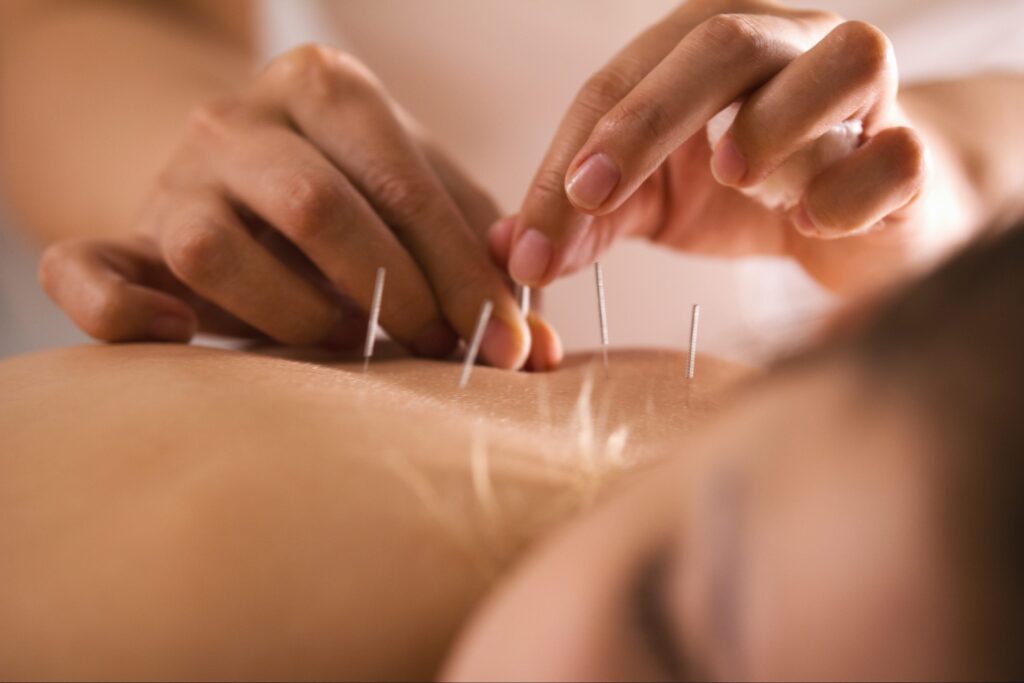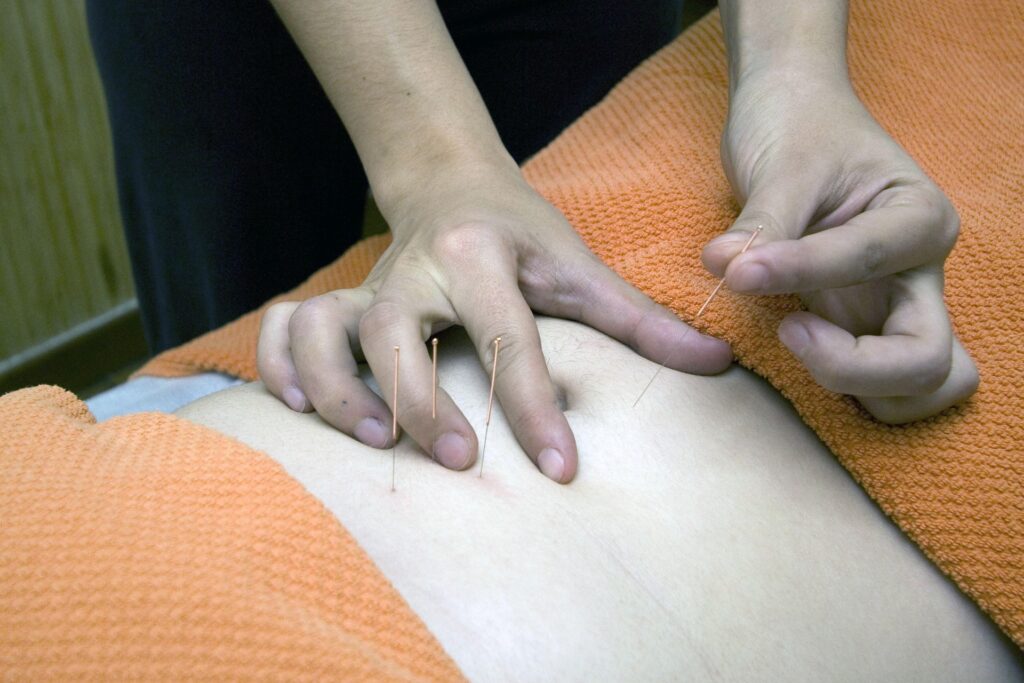How Acupuncture With Gentle Electrical Stimulation Can Support Muscle Recovery
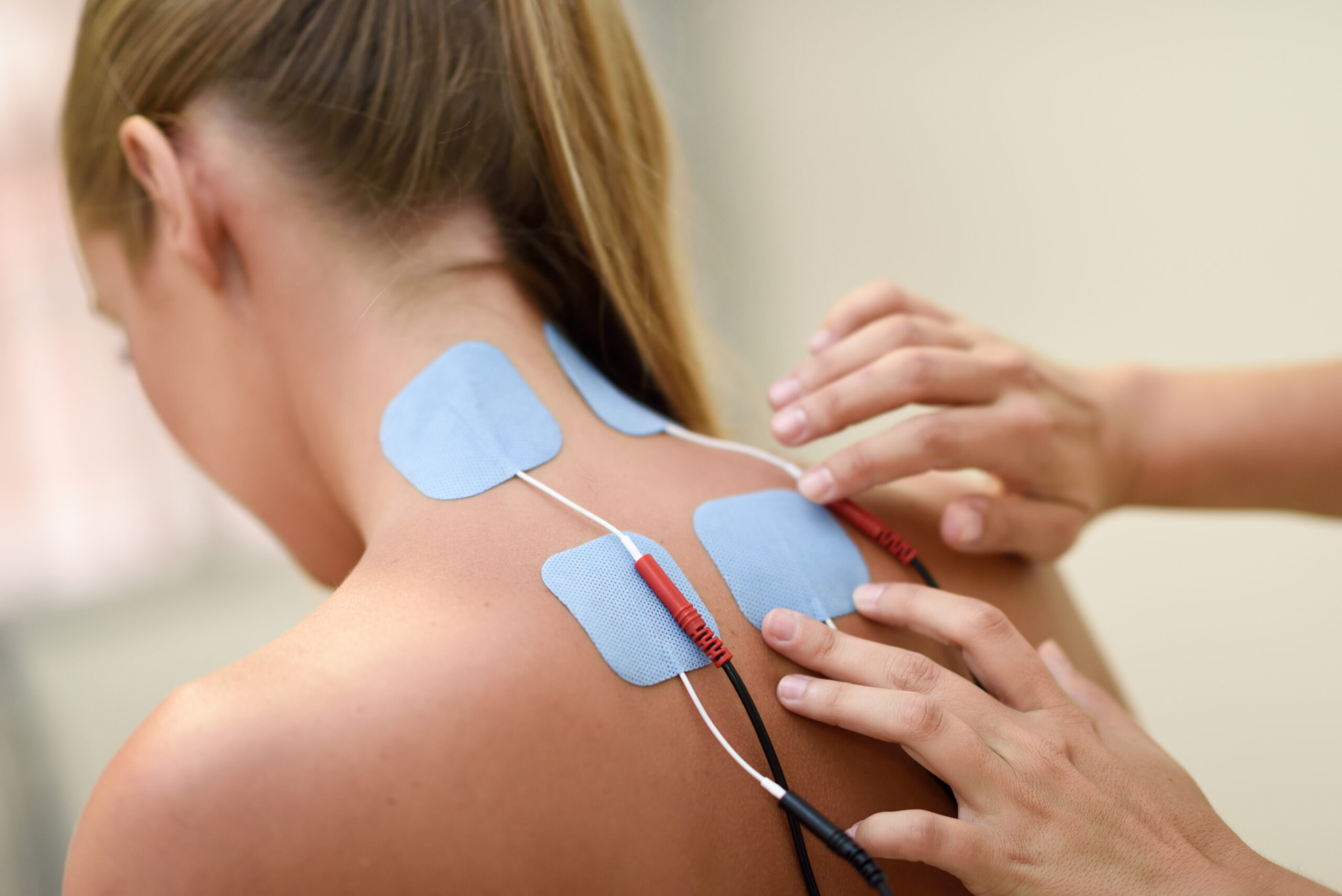
Sore muscles are part of life in New York City. Long commutes, intense workouts, and hours at a desk all take a toll. And while rest, stretching, and hydration help, they don’t always go far enough. That’s where acupuncture with electrical stimulation comes in.
This technique uses a low-level current alongside traditional acupuncture to support muscle recovery and ease physical tension. For people dealing with tightness, fatigue, or lingering pain from activity or injury, it offers a calming and focused way to help the body repair itself.
What Is Electroacupuncture?
Electroacupuncture is a form of acupuncture where a gentle electrical current is applied to the needles after they are inserted. This current stimulates the acupuncture points more consistently and deeply than manual techniques alone.
At Grand Madison Acupuncture, licensed practitioners apply electroacupuncture with care, making sure the settings are adjusted to match the body’s tolerance. The goal is to promote natural healing, not to overwhelm the nervous system. Many people describe the sensation as a soft pulsing or tapping.
For those searching for e-stim NYC, this method is safe, targeted, and grounded in East Asian medicine. It’s useful for muscular recovery because it can help restore circulation and reduce the tight, knotted feeling that often builds up after overuse.
How It Supports Muscle Recovery
When muscles are overworked or injured, they can become stiff, inflamed, or resistant to movement. This may show up as lingering soreness, reduced range of motion, or a dull, dragging sensation in the body. Electroacupuncture stimulates circulation in these areas and helps the nervous system shift out of high-alert mode.
Here are a few ways it can support recovery:
- Encourages better blood flow to tired or tense areas
- Supports the release of natural endorphins to manage pain
- Relieves muscle tightness without aggressive pressure
- Calms the nervous system, which can improve overall healing
Unlike high-voltage treatments used in physical therapy settings, electroacupuncture NYC uses subtle stimulation to work with the body, not against it. For those looking to stay active without overloading their system, it can be a gentle yet effective approach.
Why It May Help When Other Methods Don’t
Many people try rest, massage, stretching, or foam rolling, only to find the same pain returning a few days later. That’s often because the muscle hasn’t had a chance to truly release. Electroacupuncture doesn’t force the muscle to relax. Instead, it creates the conditions that allow the body to let go of protective tension.
It’s also a good option for those who don’t want or can’t tolerate strong manual work. Some patients find deep massage too intense, or they’re healing from an injury and want to avoid pressure on certain areas. Electroacupuncture can target these areas without adding strain.
For muscle groups that are hard to reach with hands-on work, this technique can also be a good alternative. The electrical impulses reach deeper layers of tissue without needing physical pressure, which can be especially helpful in areas like the hips, glutes, or shoulders.
How Cupping Therapy Works Alongside Electroacupuncture
Muscle recovery isn’t one-size-fits-all. For some people, combining treatments leads to better results. One technique often used with electroacupuncture is cupping therapy. This involves placing suction cups on the skin to lift tissue and encourage blood flow.
Cupping therapy NYC has gained popularity not just among athletes, but also professionals and commuters dealing with daily tension. It’s commonly used to support:
- Back and shoulder tension
- Muscle stiffness after workouts
- Recovery from minor injuries or overuse
When paired with electroacupuncture, cupping can help clear stagnation, loosen fascia, and create more space in the muscle tissue. It prepares the area so that when needles and electrical stimulation are applied, the body is already more responsive.
Clients searching for cupping therapy NYC often ask how these therapies compare. The truth is, they work well together. Cupping improves surface circulation, while electroacupuncture works deeper. Using both can support recovery on more than one level.
What to Expect From a Session
During your visit, the practitioner will start by asking about your symptoms, movement patterns, and any injuries or soreness you’re dealing with. Based on this, they’ll choose points to needle and areas that may benefit from cupping.
Once the needles are in place, small clips connect them to a device that delivers a light electrical current. The settings are adjusted so that the muscles feel activated but not overwhelmed. Most sessions last around 45 to 60 minutes.
People often report feeling relaxed, looser, or more mobile afterward. Some notice improvement after one session; others benefit from several treatments, especially if the soreness or injury has been ongoing.
A Supportive Option for an Active Life
New Yorkers are always moving. That momentum can be energizing, but it also puts pressure on the body. Soreness, tightness, or fatigue can quickly become part of daily life. Acupuncture with electrical stimulation provides a way to care for the body without having to stop completely.
For those exploring options for e-stim NYC, or curious about trying electroacupuncture NYC, this therapy offers a grounded, well-established method of supporting muscle health. And when paired with cupping therapy, it becomes part of a broader recovery plan that fits real, busy lives.
Grand Madison Acupuncture offers this kind of focused care in NYC, working with clients who want lasting results without disrupting their daily pace. Their team blends acupuncture, dry needling, and cupping to support real recovery that keeps up with New York life.
Instead of pushing through the discomfort, there are ways to work with your body and give it the support it needs to recover, restore, and keep moving.

